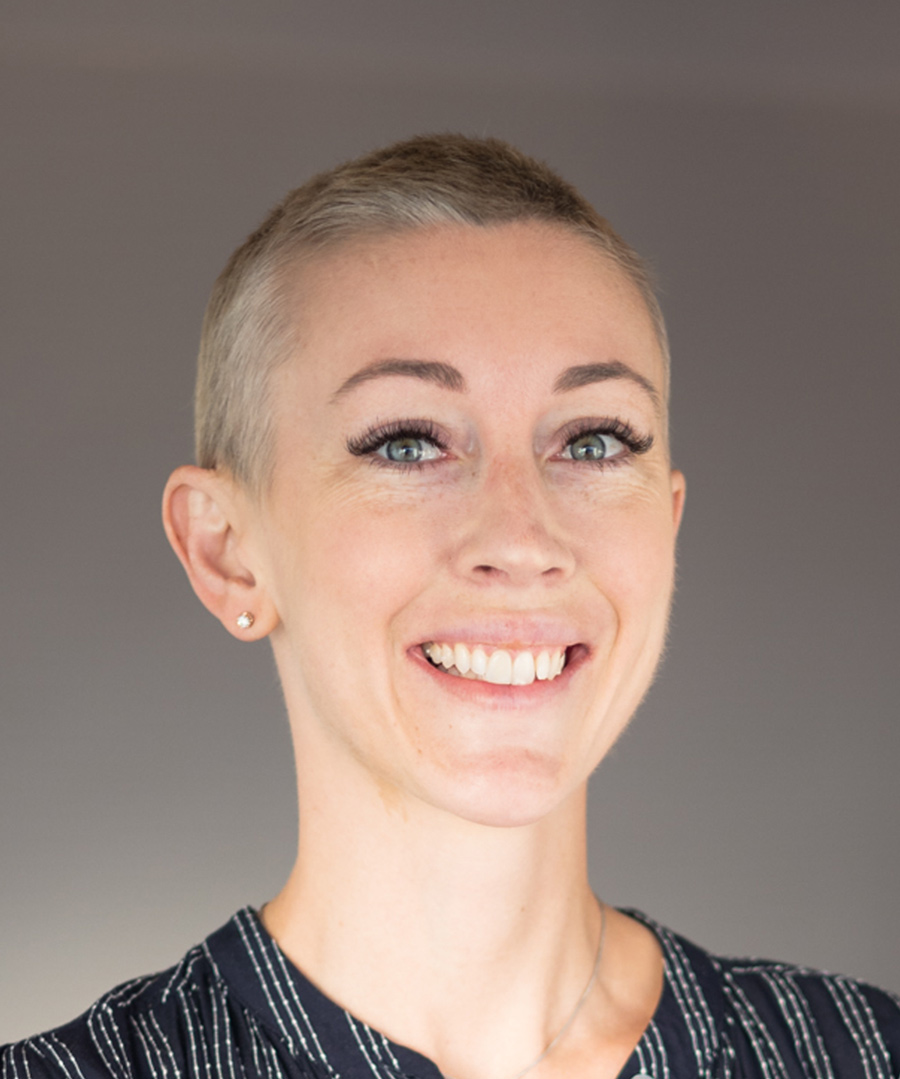

s Alaska businesses scramble to maintain and gain compliance with the ever-changing landscape of COVID-19-related issues, attention to field safety has taken a back seat. Fear of the repercussions of non-compliance has seeped into many contractors throughout the state. This trepidation, paired with genuine concern for people and desire to do the right thing, has resulted in hastily pouring massive resources into the enforcement of COVID-19 protocols.
Many companies were deeply affected by productive time lost awaiting COVID-19 test results. In some cases, projects were stopped altogether. Struggling to avoid citations by the federal Occupational Safety and Health Administration, or OSHA, losing government contracts, or receiving negative press, local companies have had no choice but to adapt to this new way of operating—whether or not it was feasible or aligned with their values.
OSHA has had no choice but to act after seeing a dramatic increase in fall injuries, which have left Alaska workers with permanent disabilities and resulted in one fatality. With several new enforcement officers, they quickly covered a lot of ground. It is tragic to see our front-line heroes—members of our community—with fractured spines, traumatic brain injuries, torn rotator cuffs, and, in some cases, loss of life from preventable workplace injuries.
To supplement pre-task planning, stop-work authority is a key element of a good safety program and culture. Stop-work authority is the employer granting express permission to employees, along with clear expectations, to stop the task at hand when unsafe work conditions or behaviors exist. All employees should be educated at the time of hire, and refreshed annually, on stop-work authority.
For those who prefer not to engage OSHA, an array of third-party consultation, training, and medical service providers exist to supplement in-house safety program management. This handful of vendors render services including written programs, standard operating procedures, on-site training for all required OSHA topics, job-site audits, COVID-19 employee management, and much more. Business owners and managers who need extra support staying compliant with safety and health regulations can benefit greatly from the work of these professional experts.
Finally, I encourage all companies to reach out to their insurance carriers and brokers. Many insurance companies have websites with training modules, written plan templates, and general safety and health guidance available that, sadly, often goes unused by their clients. AGC of Alaska also has a safety resources website.
